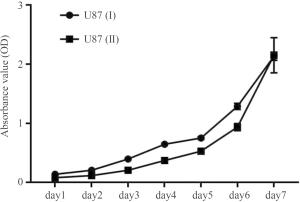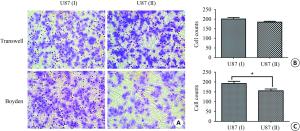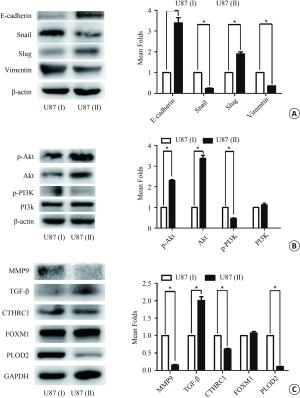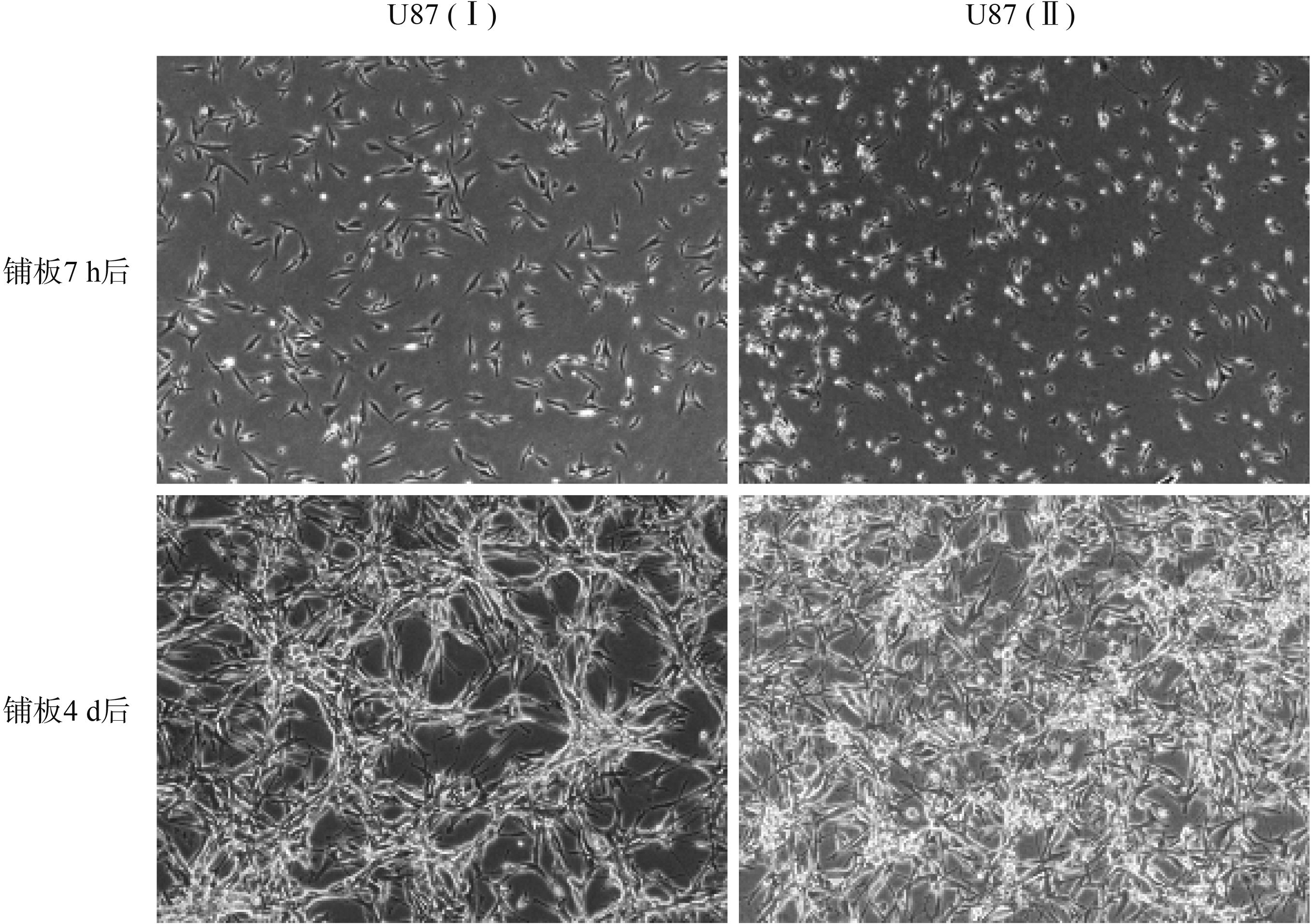| [1] |
Barretina J, Caponigro G, Stransky N, et al. The cancer cell line encyclopedia enables predictive modelling of anticancer drug sensitivity[J]. Nature, 2012, 483(7391): 603-7. doi: 10.1038/nature11003
|
| [2] |
Haverty PM, Lin E, Tan J, et al. Reproducible pharmacogenomic profiling of cancer cell line panels[J]. Nature, 2016, 533(763): 333-7.
|
| [3] |
Cancer cell line encyclopedia consortium, genomics of drug sensitivity in cancer consortium. pharmacogenomic agreement between two cancer cell line data sets[J]. Nature, 2015, 528(7580): 84-7.
|
| [4] |
Whitington T, Gao P, Song W, et al. Gene regulatory mechanisms underpinning prostate cancer susceptibility[J]. Nat Genet, 2016, 48(4): 387-97. doi: 10.1038/ng.3523
|
| [5] |
Que T, Song Y, Liu Z, et al. Decreased miRNA-637 is an unfavorable prognosis marker and promotes glioma cell growth, migration and invasion via direct targeting Akt1[J]. Oncogene, 2015, 34(38): 4952-63. doi: 10.1038/onc.2014.419
|
| [6] |
He YC, Chen FC, Cai Y. Retracted: knockdown of tumor protein D52-like 2 induces cell growth inhibition and apoptosis in oral squamous cell carcinoma[J]. Cell Biol Int, 2016, 40(3): 361-4. doi: 10.1002/cbin.v40.3
|
| [7] |
Zhang P, Yang Y, Zweidler-Mckay P, et al. Retraction: critical role of notch signaling in osteosarcoma invasion and metastasis[J]. Clin Cancer Res, 2013, 19(18): 5256-7. doi: 10.1158/1078-0432.CCR-13-1914
|
| [8] |
Lin HK, Hu YC, Yang L, et al. Suppression versus induction of androgen receptor functions by the phosphatidylinositol 3-kinase/Akt pathway in prostate cancer LNCaP cells with different passage numbers[J]. J Biol Chem, 2003, 278(51): 50902-7. doi: 10.1074/jbc.M300676200
|
| [9] |
Dolgin E. Venerable brain-cancer cell line faces identity crisis[J]. Nature, 2016, 537(7619): 149-50.
|
| [10] |
Song Y, Luo Q, Long H, et al. Alpha-enolase as a potential cancer prognostic marker promotes cell growth, migration, and invasion in glioma[J]. Mol Cancer, 2014, 13(5): 65-7.
|
| [11] |
Song Y, Hu Z, Long H, et al. A complex mechanism for HDGF-mediated cell growth, migration, invasion, and TMZ chemosensitivity in glioma[J]. J Neurooncol, 2014, 119(2): 285-95. doi: 10.1007/s11060-014-1512-4
|
| [12] |
Qi S, Song Y, Peng Y, et al. ZEB2 mediates multiple pathways regulating cell proliferation, migration, invasion, and apoptosis in glioma[J]. PLoS One, 2012, 7(6): e38842-4. doi: 10.1371/journal.pone.0038842
|
| [13] |
Francescone R, Scully S, Bentley B, et al. Glioblastoma-derived tumor cells induce vasculogenic mimicry through Flk-1 protein activation[J]. J Biol Chem, 2012, 287(29): 24821-31. doi: 10.1074/jbc.M111.334540
|
| [14] |
Joseph JV, van Roosmalen IA, Busschers E, et al. Serum-Induced differentiation of glioblastoma neurospheres leads to enhanced migration/invasion capacity that is associated with increased MMP9[J]. PLoS One, 2015, 10(12): e0145393-5. doi: 10.1371/journal.pone.0145393
|
| [15] |
Wang F, Xiao W, Sun J, et al. MiRNA-181c inhibits EGFR-signaling-dependent MMP9 activation via suppressing Akt phosphorylation in glioblastoma[J]. Tumour Biol, 2014, 35(9): 8653-8. doi: 10.1007/s13277-014-2131-6
|
| [16] |
Allen M, Bjerke M, Edlund H, et al. Origin of the U87MG glioma cell line: Good news and bad news[J]. Sci Transl Med, 2016, 8(354): 354re3-5. doi: 10.1126/scitranslmed.aaf6853
|
| [17] |
Depner C, Zum BH, Böğürcü N, et al. EphrinB2 repression through ZEB2 mediates tumour invasion and anti-angiogenic resistance[J]. Nat Commun, 2016, 7(4): 12329-33.
|
| [18] |
Kim D, Fiske BP, Birsoy K, et al. SHMT2 drives glioma cell survival in ischaemia but imposes a dependence on glycine clearance[J]. Nature, 2015, 520(7547): 363-7. doi: 10.1038/nature14363
|






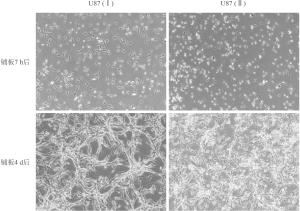
 下载:
下载:
